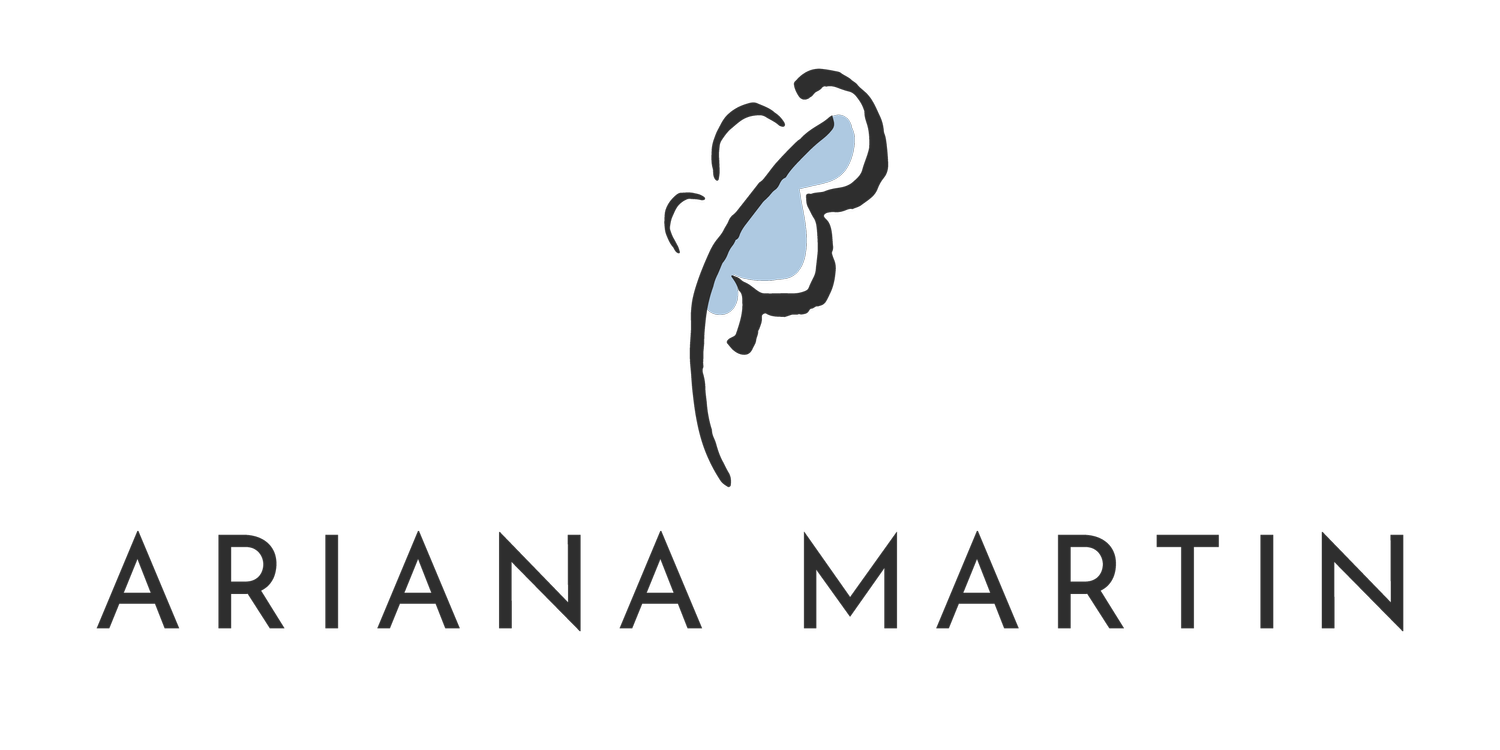LEONARD BEAUMONT
The Rush Hour, Linocut on paper, 1933. Image courtesy of British Museum
I only recently discovered that Leonard Beaumont is in fact from my hometown of Sheffield, so researching his life has been extra enjoyable. Leonard (1891-1986) was a preeminent designer and printmaker during the 20th Century, but is something of an unsung hero; his work often gets overshadowed by his contemporaries, namely Cyril Power and Sybil Andrews.
Impressively, he was largely self-taught - and rather than buying an expensive printing press, he designed his own and commissioned a local steelworks to build it, for a fraction of the price. Despite these humble beginnings, he was clearly a brilliant printmaker and was recognised as such; his work was acquired by many notable galleries around the UK.
During the 1920s and 30s Beaumont worked with etching and drypoint - but it is his linocut prints that really catch the eye. Bold, colourful and bursting with life, these dynamic Vorticist-inspired prints embody the ‘Jazz Age’ aesthetic of the interwar years. It’s clear that Beaumont was influenced by artists working at the Grosvenor School in London (a pioneering printmaking school founded by Power and Andrews), but is not known to have had any direct contact with them.
To Hell with Tin Hats, Linocut on paper, 1929. Image courtesy of Museums Sheffield
The subject of his prints ranges from gritty industrial scenes of Sheffield’s steel workers, to alpine landscapes based loosely on his own European holidays.
In 1934, Beaumont moved to London to work as a commercial designer and made a reputation for himself as an influential draughtsman in this field. He designed branding for Nestle, the General Post Office and most notably Sainsbury's. He recalls that “Sainsbury’s were the first grocers to consider that design was important. They led and others began to follow.”
This change of artistic direction meant that he stopped producing his wonderful linocut prints, but they encapsulate the interwar period so perfectly that perhaps that's how it should be.
Mountain Stream, Linocut on paper, c.1931. Image courtesy of Museums Sheffield
Poster for the General Post Office, c.1950





